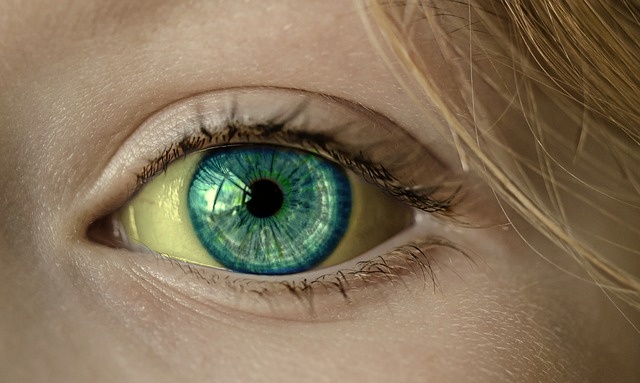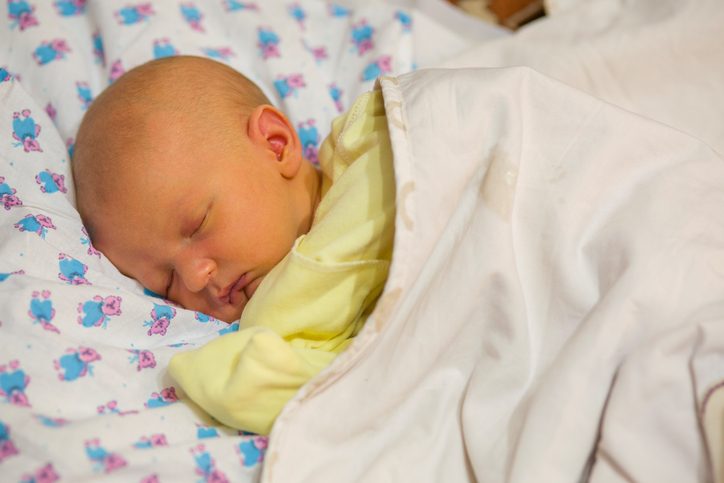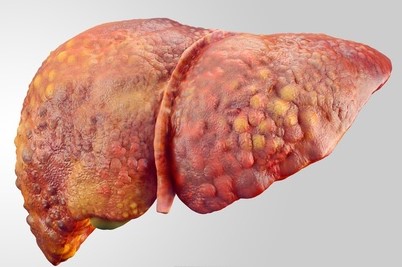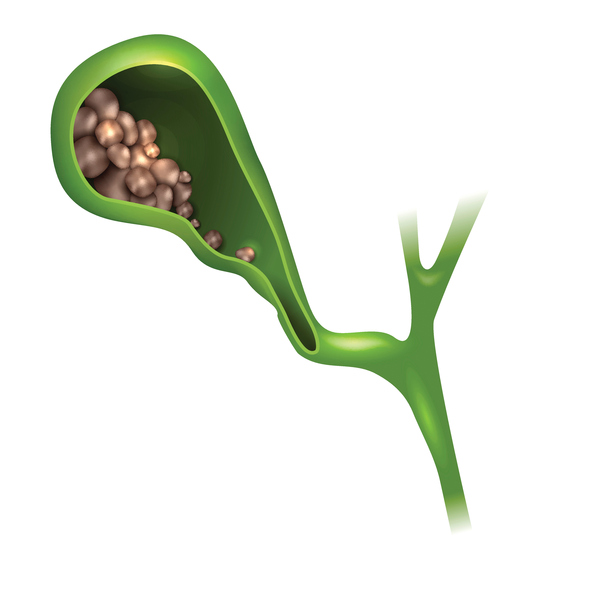Yellow skin, jaundice: what causes icterus? (face, eyes, body)

Yellowing of the skin is a symptom that indicates various diseases, such as blood, liver, gallbladder or other digestive system diseases. It also occurs in cases of dehydration or malnutrition. When this symptom occurs, it is important to have a professional examination.
Yellowish skin is caused by a substance called bilirubin. Bilirubin is formed from the red blood pigment haemoglobin after it is released from dead, decayed red blood cells.
Bilirubin travels through the blood to the liver, where it is transformed and then travels to the bile.
The yellowish discoloration of the skin is also known professionally as subicterus. Jaundice is the name given to the yellow discoloration of the skin and the whites of the eyes.
It usually occurs together with yellow discolouration of the whites of the eyes and also of some mucous membranes.
Jaundice = icterus
Yellow skin of the face, limbs (hands, feet), body and yellow eyes
Subicterus = yellowish skin
This yellow discoloration of the skin is due to an increase in bilirubin in the blood and subsequently in the skin.
This symptom is characteristic of several diseases. For example, of the digestive system, but also of the blood. Icterus is not a disease itself, but only a symptom.
Jaundice occurs when the bilirubin value in the blood is higher than 35 mmol/l.

Diseases that are manifested by a yellow discolouration of the skin
Icterus can be subdivided according to several variants. One division is according to whether unconjugated or conjugated bilirubin is elevated. Another variant is the distinction according to the provoking cause. Namely, into prehepatic, hepatic and posthepatic.
Division by cause:
- prehepatic (cause before the liver), such as in the case of haemolysis, when bilirubin is formed at an increased rate.
- hepatic, where the cause is in the liver, for example liver damage
- posthepatic (the cause is behind the liver), for example, when the outflow of bile into the bile ducts and gallbladder is impaired
The cause of icteric skin occurs before the liver
The yellow discoloration of the skin occurs because the liver does not process and excrete bilirubin. The cause is increased levels (production) of bilirubin. This is the case, for example, in haemolysis.
Haemolysis is the breakdown of red blood cells. Increased breakdown occurs for various reasons.
In haemolysis, more haemoglobin is released into the blood than the liver can process in a short time. The consequence is a yellow discolouration of the skin.

Causes of haemolysis:
- In newborns (icterus neonatorum), it is a symptom of the change of fetal hemoglobin to hemoglobin after birth, occurs in 45-65% of newborns and is physiological
- Haemolytic anaemia
- Pernicious anemia (anemia due to vitamin B12 deficiency) is the result of an autoimmune reaction that causes inadequate absorption of the vitamin in the intestine
- Administration of an incompatible transfusion
- Malaria
Hepatic (liver) icterus
In this case, the cause is impaired liver function. This impairment is caused by various diseases. The ability to process unconjugated bilirubin from the blood and its excretion into the bile is reduced.
The accumulation of bile dye causes the skin, mucous membranes, the whites of the eyes to turn yellow. In this case, there is also the presence of urine colored darkly.
The colour of the skin is of an orange hue. The lack or reduced level of the dye in the stool causes it to be pale. Professionally, this pallor of the stool is referred to as hypocholic stool.
The typical disease that most often manifests itself in yellow and yellowish skin colouration is hepatitis. It is most often an infectious disease in which there is a high concentration of bilirubin in the blood.
The mucous membranes and the whites of the eyes are also affected, which also have a yellowish tint. Most often, it is a viral liver disease. It is an inflammation of the liver, which is infected with some type of hepatitis A, B, C, D, E or G virus.
The most common type is viral hepatitis A. It is the least severe and is transmitted by hands or contaminated water. Viral hepatitis B and C are also common.
Hepatitis generally presents with symptoms other than yellowish skin. For example, fatigue, light stools, dark urine, increased body temperature and sometimes muscle or joint pain.
For more information, see the articles:
about hepatitis + hepatitis transmission

What are the causes of this type of jaundice:
- Alcohol and liver damage (cirrhosis of the liver)
- toxic exposure to chemicals, drugs, poisons, fungi, etc.
- genetic disorders such as Gilbert's syndrome
- Wilson's disease, an autoimmune inherited metabolic disease in which copper is deposited in the liver
- infectious hepatitis
- autoimmune hepatitis, non-infectious type
- liver tumour
Posthepatic icterus
This type of yellowish skin is also referred to as obstructive jaundice. This is because it is caused by a disturbance in the outflow of bile from the liver. It is some kind of obstruction (an obstruction or barrier).
If the obstruction prevents the outflow of bile, it subsequently accumulates and causes yellow discoloration of the skin, mucous membranes and the whites of the eyes. In addition to these symptoms, there is itchy skin, dark urine and light to white stools.
It is also referred to as acholic stool, due to the absence of bile.
The absence of bile in the intestine results in steatorrhoea. This is the excretion of fats through the stool as bile breaks down fats. As a result, there is a deficiency of fat-soluble vitamins that are not absorbed into the body. These are vitamins A, D, E and K.

The causes of posthepatic icterus include:
- gallstones (cholelithiasis), if the stone obstructs the bile duct, colic and, with prolonged closure, jaundice
- alcohol, which, in addition to damaging the liver, can cause obstruction of the bile ducts
- congenital defects of the bile ducts
- autoimmune inflammation of the bile ducts, also known as autoimmune cholangiohepatitis, in which the bile ducts are damaged
- a tumour of the liver which oppresses the bile duct
- pancreatic tumour where there is bile duct oppression
Other causes of yellowish skin
Anorexia can also be a cause. This is a mental eating disorder. It too can manifest itself in yellow skin discolouration. This is for example when the affected person has anaemia (deficiency of red blood cells) due to reduced nutrient intake, i.e. malnutrition. The relative amount of bilirubin in the blood increases and this leads to yellowing of the skin.
Dehydration caused by low fluid intake and high fluid output may also play a role. When the skin is dry, it may itself acquire a yellowish tint over time.
Hypothyroidism also manifests itself in the skin, hair and nails. This is a disease of the endocrine system in which there is an insufficient production of certain hormones in the body.
The level of hormones affects the whole organism. Therefore, the symptoms of the disease manifest themselves really differently, for example, the fatigue of a person, coldness, problems with digestion and also dry skin, which often peels off. Yellowish skin is also present.
It can also arise in colon tumours. These can manifest themselves in particular by alternating diarrhoea and constipation, weight loss, fatigue and sometimes blood in the stool or bleeding from the rectum.
Several types of tumours form in the colon. Some are benign, also called polyps. They are a risk for cancer. malignant tumours metastasize.
Colon cancer is an example. Often it metastasises, i.e. it penetrates other organs in the body. For example, to the nearby liver, where the tumour interferes with its function, resulting in yellowing of the skin. In any case, it is a symptom that cannot be underestimated.
One should see one's doctor as soon as possible.
Diseases with symptom "Yellowish skin"
- Acute pancreatitis - inflammation of the pancreas
- Anemia - anemia
- Ascariasis - hookworm, childhood roundworm
- Cardiogenic shock
- Celiac Disease
- Chronic pancreatitis - long-term inflammation of the pancreas
- Colon cancer
- Cytomegalovirus infection
- Fatty liver disease
- Gallbladder stones - cholelithiasis
- Heart failure
- Jaundice
- Liver Cancer
- Liver failure
- Lyme disease
- Pancreatic cancer
- Puerperal infection - postpartum infection
- Shock - State of shock
- Cystic fibrosis
- Portal hypertension
- Leptospirosis
- Yellow Fever
Interesting resources










